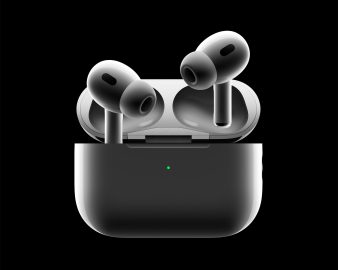
macOS 11 Big Sur is now available to the public and it comes with a slew of exciting new features and changes. But you may be wondering, should I upgrade to macOS Big Sur on my Mac? Read on for what the best option is for you.
Update 12/14: macOS Big Sur 11.1 now available…
Apple has released macOS 11.1 Big Sur with a number of bug fixes, performance improvements, and new features. If you’ve been waiting to install this major OS update and your critical apps are all supported, this should be a safe time to jump in. Read more about everything new with macOS 11.1 here.
macOS 11 Big Sur has been widely seen as the least stable of the major new Apple software releases this year during the beta period from June until this fall.
Common issues have included graphical issues like problems with external display support, apps freezing, and random reboots. Stability has improved over the course of the beta period and Apple had longer this year with macOS Big Sur launching in November instead of September or October, but bugs and performance issues aren’t totally resolved yet. So there are a few things to consider when wondering “should I upgrade to Big Sur?”
- macOS Big Sur 11 top features – the Mac gets a new UI, Control Center, 4K YouTube, & more [Video]
- The full list of Macs with macOS Big Sur compatibility
Should I upgrade to macOS Big Sur?
- TL;DR: if you have any concerns about app stability, performance issues, and other bugs, hold out at least for the next bug fix update (macOS 11.1 now available) before upgrading (but maybe even a later update depending on your stability tolerance).
- macOS Big Sur actually launched as 11.0.1 (after 11.0.1 RC 2 just two days ago) and the next build will likely fix initial issues with the first release available to the public
- If you have critical apps that must work, make sure to check for Big Sur compatibility before upgrading whenever you choose to
- If you’re cool with initial bugs and issues, go for it!
- If you still have concerns, install Big Sur on a secondary Mac if you have one
Finally, you could opt to install Big Sur on a separate APFS volume or create a bootable macOS Big Sur USB drive:
- How to install macOS Big Sur on a separate APFS volume [Video]
- How to create a bootable macOS Big Sur USB install drive [Video]
And whether you’re holding off for now over concerns that macOS Big Sur isn’t stable enough or are upgrading today, here’s our comprehensive look at everything new with macOS Big Sur:
FTC: We use income earning auto affiliate links. More.






Comments